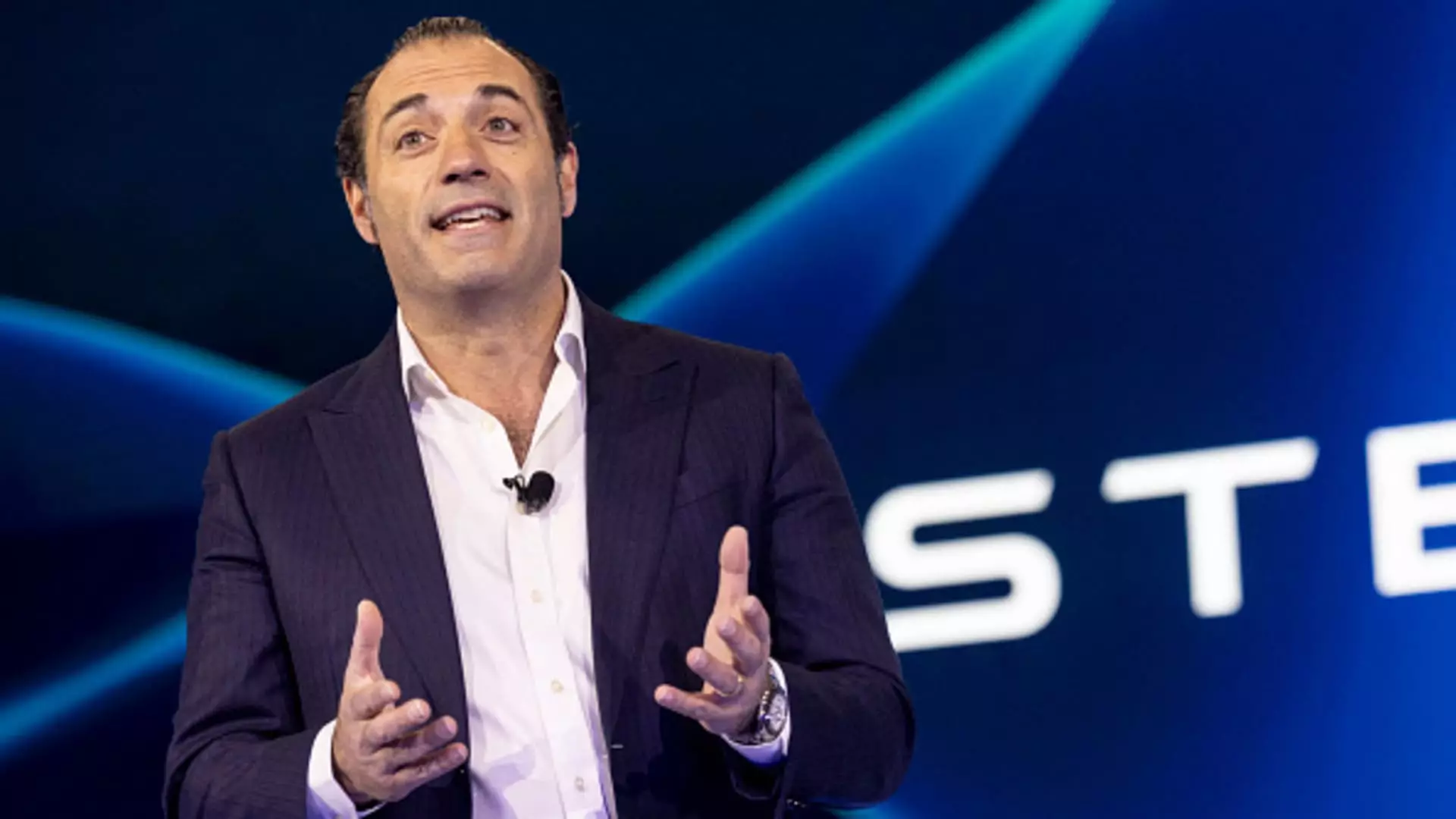The recent appointment of Antonio Filosa as the new chief executive of Stellantis marks a critical juncture for the automotive giant, now facing a multitude of challenges that threaten its longstanding market position. With a 27% decline in shares this year and plummeting U.S. sales, the stakes couldn’t be higher. Filosa’s ascension to this role signals a potential transformation that can either reignite the passion behind brands like Jeep and Dodge or plunge them into further turmoil. Observers of the industry are asking whether he can indeed revitalize a company marred by inconsistencies and leadership shifts.
Understanding the Landscape
Filosa’s extensive experience within Stellantis is both a blessing and a curse. Having cultivated relationships over his 25-year tenure, there is substantial goodwill among employees and partners. However, this internal familiarity also means he is deeply entrenched in the very issues that led to the previous CEO Carlos Tavares’s exit. The challenge lies in reconciling his understanding of the company’s operations with the urgent need for innovation and revitalization. The world is evolving rapidly towards electric vehicles, and Filosa must devise a strategy not just to adapt, but to lead the charge.
Repairing Relationships with Stakeholders
One area that Filosa has highlighted is the need to mend trust among partners, including dealers, suppliers, and unions. But this introspective view can be problematic, especially in an industry that thrives on cutting-edge innovation and aggressive market positioning. Filosa’s commitment to strengthening these relationships must be matched by equally aggressive measures to innovate and streamline the company’s product lines. If he is unable to effectively overhaul relationships while pushing for innovative advancements, Stellantis risks becoming a relic of the past.
The Balancing Act: Combustion and Electric
As Stellantis navigates the tumultuous waters of automotive futures, the juxtaposition of internal combustion engines and electric vehicles poses a genuine dilemma. Filosa must strike a precarious balance—investing in electric vehicle technology to stay relevant, while ensuring the profitability of its existing combustion engine lines. This isn’t just about maintaining a diverse product portfolio; it’s about transforming Stellantis from a company reacting to market trends into one that sets them. The dual strategy must be fluid and dynamic, allowing for shifts as consumer tastes evolve—a task that requires more than merely management skills; it demands visionary leadership.
Leveraging Global Supply Chains
The complexity of global trade policies, particularly in current geopolitical climates, cannot be overstated. With shifting tariffs and changing regulations emanating from the U.S., Filosa’s handling of Stellantis’ supply chains will be critical. The company’s dependence on diverse manufacturing hubs amplifies the risks associated with uncertain international trade laws. Filosa’s success may depend on building resilient systems that can adapt to rapid trade policy changes. He must work closely with regional experts to develop robust contingency plans that will safeguard against potential supply chain disruptions—an essential move for reassuring investors and stakeholders alike.
The Competitor’s Edge: Innovation and Agility
While Filosa embarks on his new role, it is essential to remember that the automotive industry is not waiting. Competitors are aggressively pushing forward their electric and hybrid offerings, while Stellantis appears to be trailing. Filosa needs to embrace a culture of agility and innovation. This means fostering an environment where risk-taking is not just permitted but encouraged. If Stellantis is to reclaim its status, it can’t merely incrementally improve—it must leapfrog its competitors, introducing groundbreaking technologies and fresh designs that ignite consumer interest.
Filosa promises to maintain strong connections with employees and stakeholders; if he can transform these relationships into actionable strategies for innovation, Stellantis may find its way back to the forefront of the automotive industry. However, if he remains mired in past approaches, he risks resigning future generations of customers to a future where Stellantis brands become just another faded memory on the automotive landscape.

